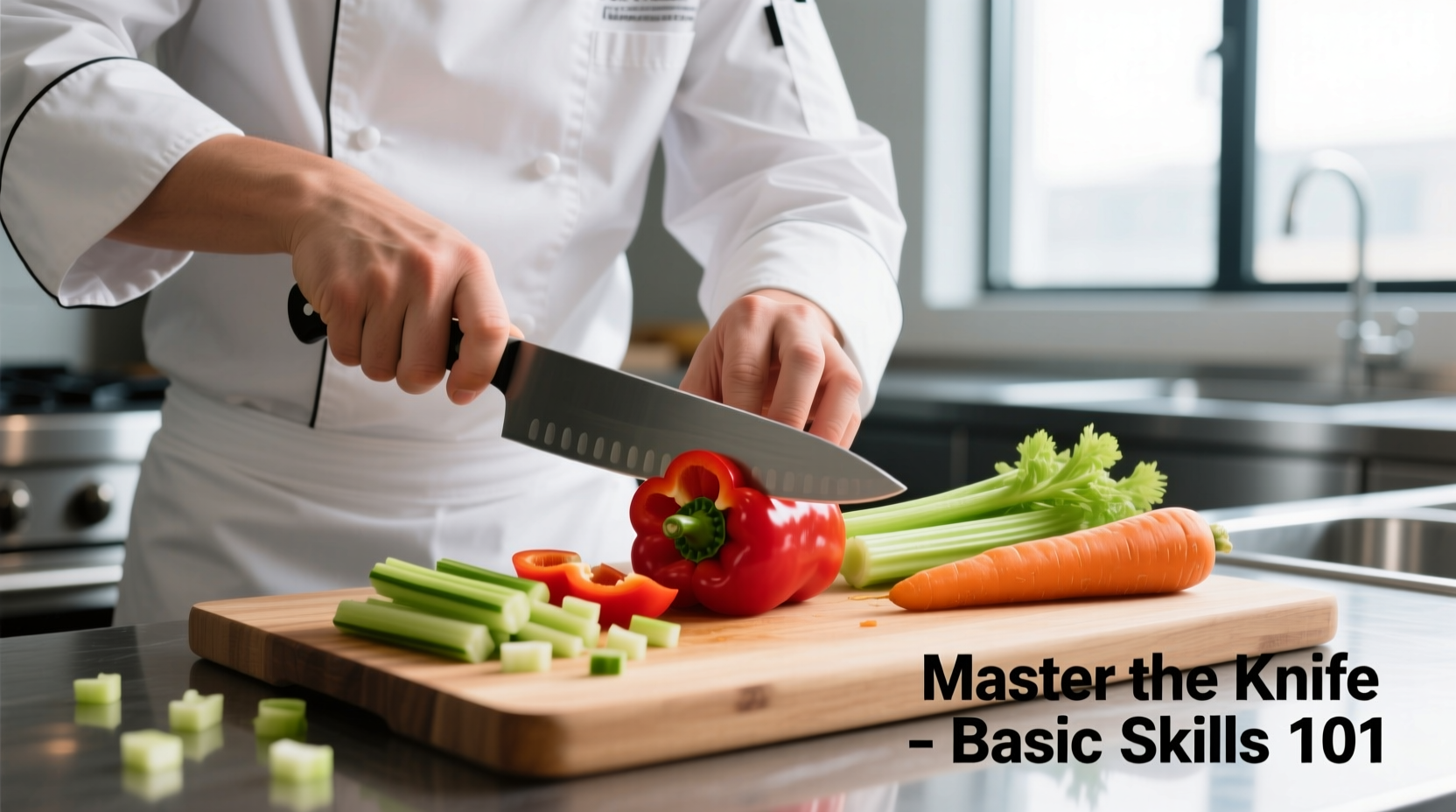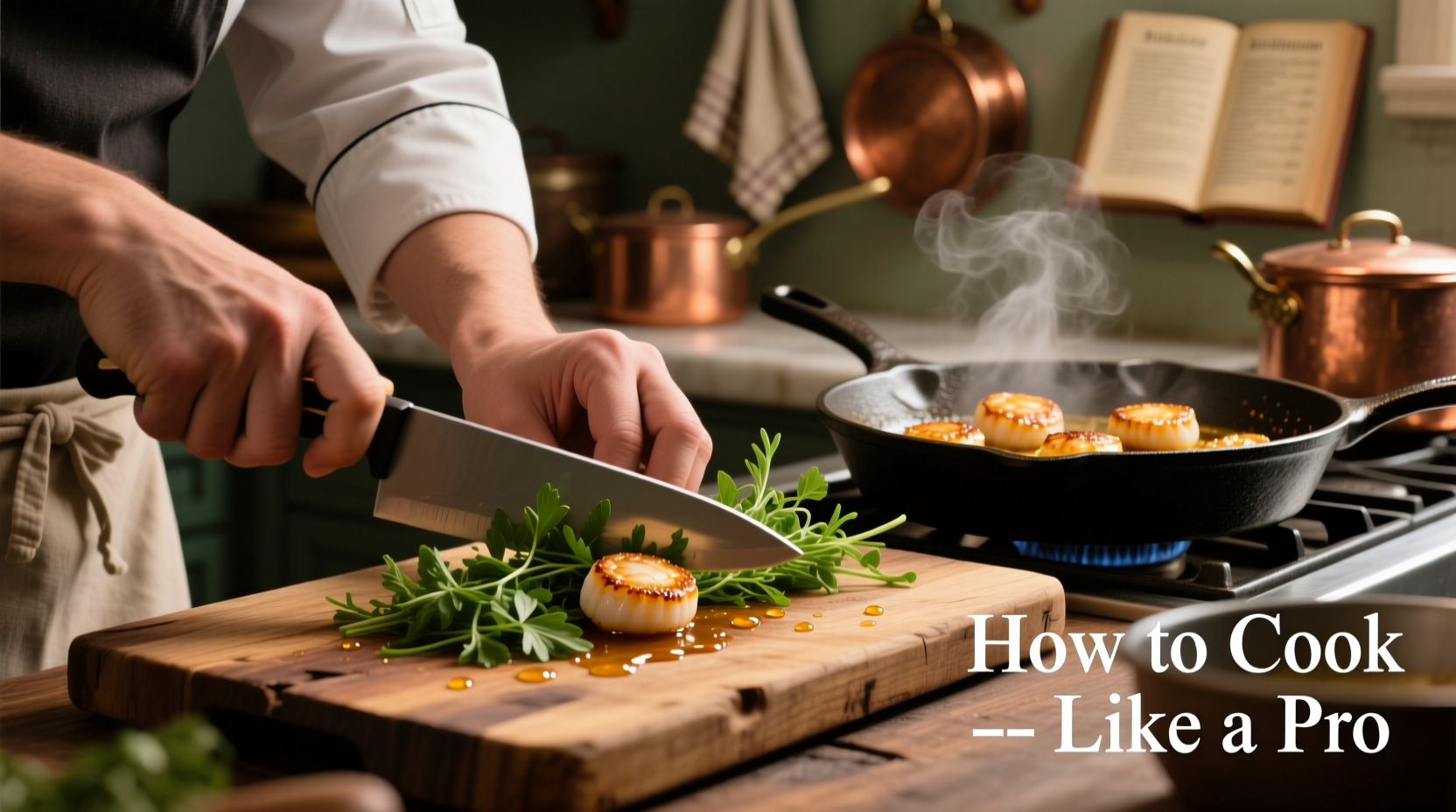The phrase "what are the cooking" contains a grammatical error. The correct question would be "what is cooking" or "what are cooking techniques," which refers to the fundamental methods and processes used to prepare food. Cooking encompasses both the art and science of transforming raw ingredients into edible dishes through various heat applications and preparation methods.
Mastering basic cooking techniques forms the foundation of culinary success. Essential methods include sautéing, boiling, roasting, grilling, and steaming—each with specific temperature ranges, equipment requirements, and ideal applications for different ingredients. Understanding these fundamentals helps home cooks achieve consistent results while building confidence in the kitchen.
Understanding Cooking Terminology and Fundamentals
When people search "what are the cooking," they're typically seeking information about cooking techniques rather than the grammatically correct phrasing. This common search pattern reveals that many beginners struggle with culinary terminology. Cooking itself refers to the preparation of food by combining, mixing, and heating ingredients. The core purpose remains consistent across cultures: to make food safer, more digestible, and more flavorful.
According to the Food and Agriculture Organization of the United Nations, cooking represents one of humanity's oldest technological achievements, with evidence of controlled fire use dating back 1.5-2 million years (FAO Food Security Report). This historical perspective helps us appreciate why mastering basic techniques remains essential despite modern kitchen conveniences.
Essential Cooking Methods Every Beginner Should Know
Successful cooking begins with understanding the two primary categories of cooking methods: dry-heat and moist-heat techniques. Each method affects food differently based on temperature, duration, and medium.
| Cooking Method | Temperature Range | Ideal For | Key Equipment |
|---|---|---|---|
| Sautéing | 300-375°F (150-190°C) | Vegetables, proteins | Skillet, oil |
| Roasting | 300-450°F (150-230°C) | Meats, root vegetables | Oven, roasting pan |
| Steaming | 212°F (100°C) | Fish, vegetables, dumplings | Steamer basket, pot |
| Simmering | 180-200°F (82-93°C) | Sauces, soups, stews | Pot, lid |
Evolution of Cooking Techniques Through History
Cooking methods have evolved significantly throughout human history. Understanding this progression helps contextualize why certain techniques remain fundamental today:
- Prehistoric Era (1.5 million years ago): Early humans discovered fire, enabling basic roasting of meats and vegetables
- Ancient Civilizations (3000 BCE): Egyptians developed baking techniques while Chinese cooks pioneered stir-frying
- Middle Ages (500-1500 CE): European kitchens refined roasting and stewing methods using open hearths
- Industrial Revolution (18th-19th century): Cast iron production made consistent sautéing and frying possible
- Modern Era (20th century-present): Precision temperature control through sous vide and induction cooking
This historical progression, documented by culinary historians at the University of Gastronomic Sciences (Slow Food Foundation), shows how cooking techniques evolved to maximize flavor, safety, and efficiency.

Practical Application: Choosing the Right Technique
Selecting appropriate cooking methods depends on several factors beyond just the ingredient type. Consider these practical guidelines when deciding which technique to use:
Context Boundaries for Technique Selection
Understanding when NOT to use certain techniques proves just as important as knowing when to apply them:
- Delicate proteins: Avoid high-heat searing for fish like sole or flounder which will overcook and fall apart
- Starchy vegetables: Don't steam potatoes intended for mashing—they require boiling for proper texture
- Fruit applications: Never boil berries for preserves; gentle simmering preserves structure
- Time constraints: Roasting delivers superior flavor but requires planning; sautéing provides quick results
Common Beginner Mistakes and Solutions
New cooks frequently encounter these challenges when learning fundamental techniques:
- Temperature control issues: Food sticks because pan isn't properly preheated. Solution: Heat oil until shimmering before adding food
- Overcrowding the pan: Causes steaming instead of browning. Solution: Cook in batches with adequate space between items
- Incorrect knife skills: Leads to uneven cooking. Solution: Practice proper chopping techniques for consistent sizes
- Not resting proteins: Results in dry meat. Solution: Allow cooked meats to rest 5-15 minutes before slicing
Building Your Culinary Foundation
Developing cooking proficiency follows a predictable learning curve. A 2023 survey by the International Association of Culinary Professionals found that beginners typically experience these emotional stages:
- Initial enthusiasm (Weeks 1-2): High motivation but frequent mistakes
- Frustration phase (Weeks 3-6): Plateau in skill development causing discouragement
- Breakthrough moment (Week 8+): Techniques begin to feel natural with consistent results
- Confident experimentation (3+ months): Ability to modify recipes and troubleshoot issues
Recognizing this progression helps maintain motivation during the learning process. Professional chefs emphasize that consistent practice matters more than innate talent when developing cooking skills.
Next Steps for Culinary Growth
After mastering basic cooking techniques, expand your skills through these progressive steps:
- Practice one new technique weekly until it becomes automatic
- Learn to properly season food at each cooking stage
- Understand how different fats affect cooking outcomes
- Develop knife skills for efficient food preparation
- Experiment with flavor balancing using acid, salt, and sweetness
Remember that even professional chefs continue refining these fundamental techniques throughout their careers. The journey of culinary mastery begins with understanding what cooking truly entails and committing to consistent practice of essential methods.
Frequently Asked Questions
What are the most essential cooking techniques for beginners to learn?
The five most essential cooking techniques for beginners are: sautéing (quick cooking in a hot pan with minimal oil), boiling/simmering (cooking in liquid), roasting (oven cooking with dry heat), steaming (cooking with vapor), and basic knife skills. Mastering these foundational methods provides the skills needed to prepare most dishes and creates a platform for learning more advanced techniques.
How do I know which cooking method to use for different ingredients?
Select cooking methods based on ingredient characteristics: tender proteins like fish work best with gentle methods like poaching or steaming; tougher cuts of meat benefit from slow, moist-heat methods like braising; dense vegetables like potatoes require longer cooking times through boiling or roasting; while delicate greens only need brief sautéing. Consider both the food's structure and your desired texture outcome when choosing a method.
What's the difference between baking and roasting?
While both use dry oven heat, baking typically refers to cooking breads, pastries, and desserts, while roasting describes cooking meats and vegetables. Technically, roasting usually occurs at higher temperatures (375-450°F) than baking (300-375°F). The key distinction lies in culinary tradition rather than scientific difference—roasting implies savory applications while baking refers to sweet or flour-based items.
How can I prevent food from sticking when cooking?
Prevent sticking by properly preheating your cooking surface before adding oil, ensuring the oil is hot enough (shimmering but not smoking), and avoiding overcrowding the pan. For proteins, allow food to sear undisturbed until it naturally releases from the surface. Non-stick pans require less oil but still need proper preheating. Cast iron pans develop natural non-stick properties when properly seasoned through regular use.











 浙公网安备
33010002000092号
浙公网安备
33010002000092号 浙B2-20120091-4
浙B2-20120091-4